Argentina’s past is reflected in statues, memorials, and stone figures located in town squares and street corners. These are not decorations; they carry names, dates, and stories. People do not always stop, but the monuments remain. Monuments in Argentina hold more than history and have memories. Some were built to honour courage, others to mark pain. Many are linked to freedom, and some simply ask you to remember. No matter where you stand, each one brings the past close enough to touch.
11 Top Monuments In Argentina You Should Visit
Monuments in Argentina reveal the country’s history through powerful landmarks. From national heroes to quiet memorials, each site adds meaning to every step you take across its cities and towns.
1. Obelisco De Buenos Aires, Buenos Aires
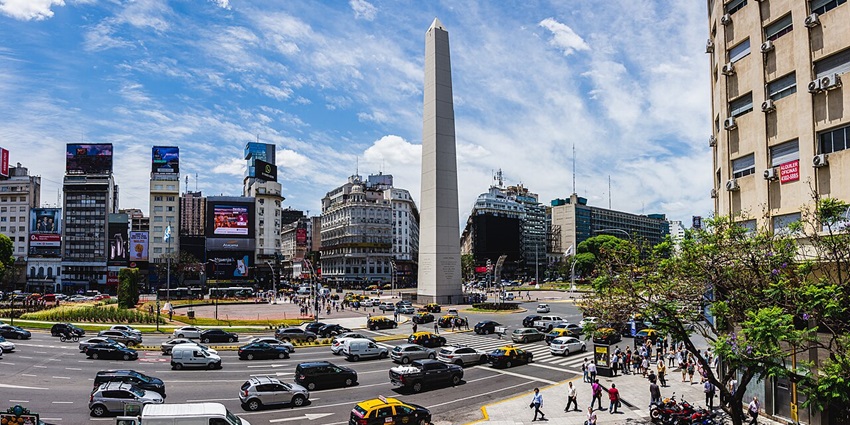
Photo: Luis Santos / Wikimedia Commons
The Obelisco stands tall in the middle of Buenos Aires, right where Avenida 9 de Julio crosses Avenida Corrientes. Built in 1936 to mark 400 years since the city’s founding, it has become a symbol of the capital. The monument often becomes the centre of national celebrations, protests, and city gatherings. Although you cannot go inside the obelisk, its presence speaks clearly. It marks the centre of the city and has seen every major moment, from national marches to World Cup celebrations.
Location: Plaza de la República, Buenos Aires
Nearby Hotels: NH Buenos Aires 9 de Julio, Hotel Grand Brizo, Tango de Mayo Hotel
Nearby Restaurants: Café Tortoni, Pizzería Güerrin, Parrilla Peña
2. Monumento A La Bandera, Rosario
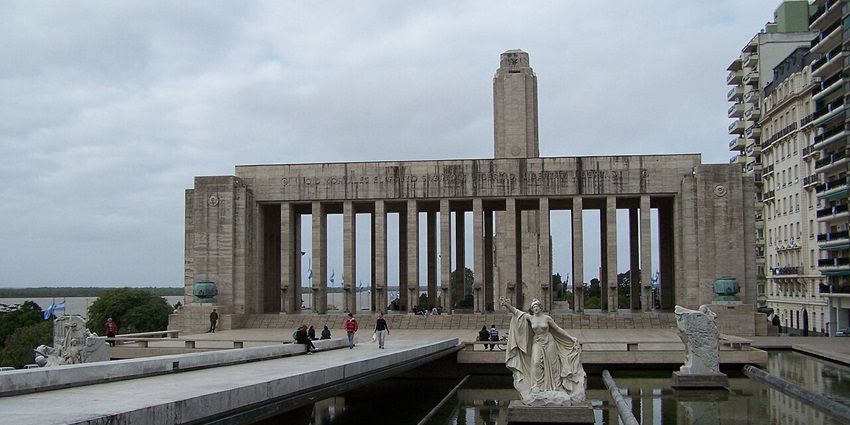
Photo: Cornelius Kibelka / Wikimedia Commons
In Rosario, by the edge of the Paraná River, stands the Monumento a la Bandera. It marks the spot where Manuel Belgrano raised Argentina’s flag for the first time in 1812. The design is a stone tower that looks out over the water, built to remind people of that moment. There’s also an eternal flame to honour those who fought for the country. But even on quiet mornings, people come to sit, walk around, or stand still for a bit. Monuments in Argentina are a place for memory and what they stand for.
Location: National Flag Park, Rosario, Santa Fe
Timings: 9 AM – 6 PM
Nearby Hotels: Holiday Inn Express Rosario, Hotel Solans Riviera, Roberta Rosa de Fontana Suites
Nearby Restaurants: El Club de la Milanesa, Parrilla La Estancia, Sunderland Bar
3. Casa Rosada, Buenos Aires
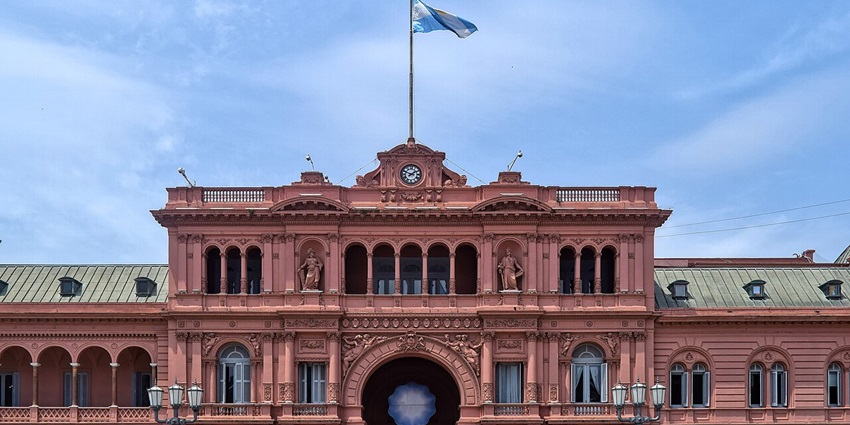
Photo: The Cosmonaut / Wikimedia Commons
The Casa Rosada stands on the edge of Plaza de Mayo, right in the centre of Buenos Aires. This, among all monuments in Argentina, is also where Argentina’s president works. For years, crowds have gathered in front of its balconies to hear speeches and to protest or celebrate. The building itself is quiet and formal, with tall windows and iron fences, but its past is full of emotion. It’s not just a building; it’s a place where the country’s story keeps moving forward.
Location: Balcarce 50, Plaza de Mayo, Buenos Aires
Nearby Hotels: Hotel NH Collection Centro Histórico, Hotel Boutique Reino Del Plata, 725 Continental Hotel
Nearby Restaurants: Café Paulin, El Querandí, La Panera Rosa
4. El Cabildo, Buenos Aires
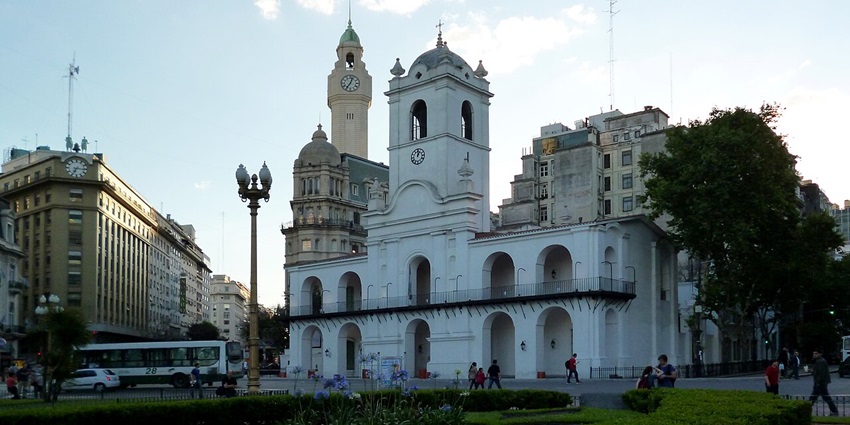
Photo: Green Mostaza / Wikimedia Commons
El Cabildo sits beside Plaza de Mayo and holds one of the most important chapters in Argentina’s history. During colonial times, this was the seat of the city’s government. That moment later became known as the start of the country’s path to independence. The building is small and plain, with white arches and a bell tower. Inside, you can walk through quiet rooms filled with old maps, furniture, and items from the early 1800s. It is not a grand place, but it is a place where something important began.
Location: Bolívar 65, Plaza de Mayo, Buenos Aires
Timings: 10:30 AM – 5 PM (closed on Mondays)
Nearby Hotels: Hotel UTHGRA de las Luces, Hotel Patios de San Telmo, Anselmo Buenos Aires
Nearby Restaurants: Café Tortoni, La Morada, El Banco Rojo
5. Monumento Al General San Martín, Mendoza
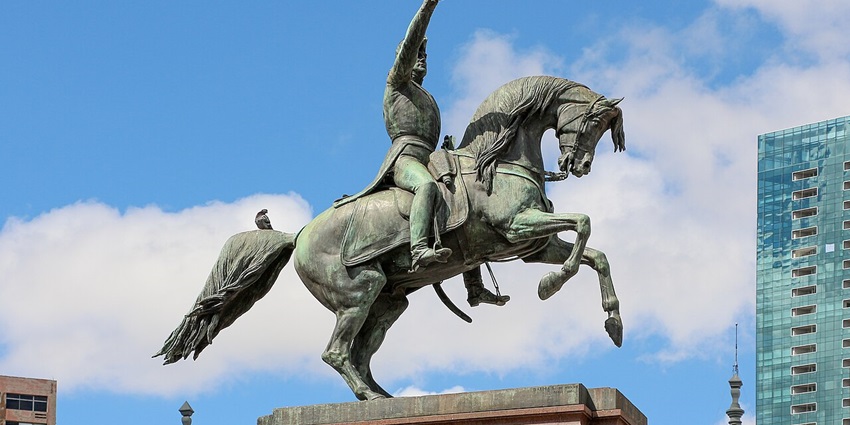
Photo: Bernard Gagnon / Wikimedia Commons / Image For Representation Only
In the city of Mendoza, where the Andes rise in the distance, stands the Monumento al General San Martín. It honours José de San Martín, the man who led Argentina’s fight for independence across South America. The monument sits at the top of Cerro de la Gloria, a hill just outside the city. The spot is peaceful, surrounded by trees and open sky. Locals come here to walk or spend time outdoors, while travellers come to see a monument that feels like part of the land itself.
Location: Cerro de la Gloria, General San Martín Park, Mendoza
Timings: 8 AM – 7 PM
Nearby Hotels: Sheraton Mendoza Hotel, Park Hyatt Mendoza, Hotel Nutibara
Nearby Restaurants: Azafrán, María Antonieta, Fuente y Fonda
6. Monumento A Güemes, Salta
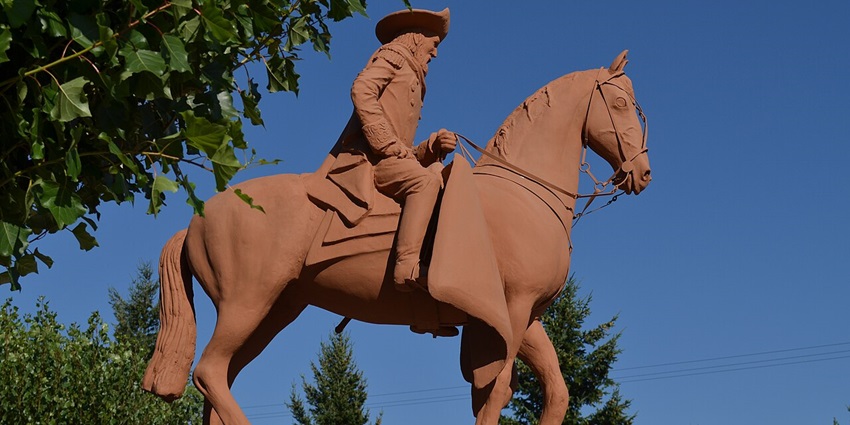
Photo: Stefaniap.sanchez / Wikimedia Commons / Image For Representation Only
On the slope of San Bernardo Hill in Salta, the Monumento a Martín Miguel de Güemes stands tall and proud. Güemes was a local military leader during the independence wars, known for leading gaucho forces that defended the northwest of Argentina. Built with stone and bronze, it rises in strong shapes from the hill. The view from the site is wide and open, and you see the city, the green valleys, and the sky stretching far. People like to come here to reflect, rest, or just sit in the quiet, like other monuments in Argentina.
Location: Avenida del Bicentenario de la Batalla de Salta, Salta
Timings: 9 AM – 7 PM
Nearby Hotels: Hotel Solar de la Plaza, Hotel Almería, Legado Mítico Salta
Nearby Restaurants: Doña Salta, Chirimoya, El Charrúa
7. Monumento Al Ejército De Los Andes, Mendoza

Photo: Bernard Gagnon / Wikimedia Commons
This monument stands on a hill inside General San Martín Park in Mendoza. It was built to honour the Army of the Andes, the troops that followed General San Martín across the mountains to fight for independence. The base is built from stone and shaped to fit the slope. Horses, soldiers, and weapons are carved into the sides. Trees surround the area, and the city can be seen far below. People come here to walk, take photos, or sit quietly, which feels steady and respectful.
Location: Cerro de la Gloria, Mendoza
Timings: 8 AM – 6 PM
Nearby Hotels: Villaggio Hotel Boutique, Hotel Internacional, Mod Hotels Mendoza
Nearby Restaurants: Josefina Resto, Ocho Cepas, Estancia La Florencia
8. Monumento A La Madre, Buenos Aires
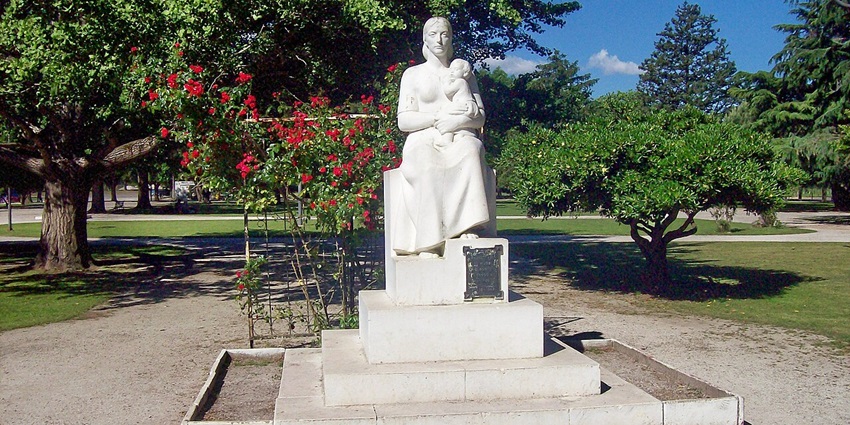
Photo: Roberto Fiadone / Wikimedia Commons / Image For Representation Only
A quiet statue stands in the middle of a small plaza in the Los Hornos neighbourhood. It shows a mother holding her child, made to honour the strength and care of mothers. There are nine small columns with different plaques of important anniversaries and inaugurations. Locals stop here on walks, sit nearby, or leave flowers on special days. It’s not a tourist spot, but it means something to the people who live nearby. It reminds you that history is not only made in battles or government halls.
Location: Casco Urbano, B1900 La Plata, Provincia de Buenos Aires, Argentina
Nearby Hotels: Vecchia Terra Apart Hotel, Tower Inn & Suites, Hotel Kalton
Nearby Restaurants: La Gringa, Al Antojo del Cocinero, La Massa
9. Monumento A Los Caídos En Malvinas, Ushuaia
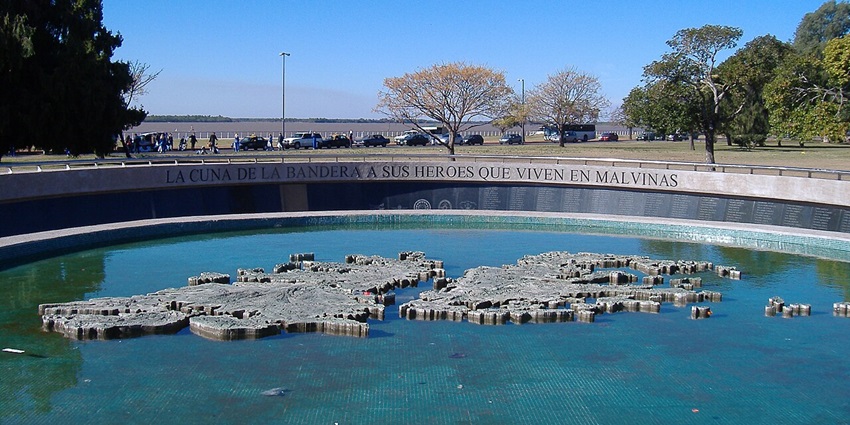
Photo: Pablo D. Flores / Wikimedia Commons
In Ushuaia, close to the sea, the Monumento a los Caídos en Malvinas stands quietly. The memorial was built to honour the Argentine soldiers who died in the 1982 war. A dark stone wall holds the names of those who were lost. A metal map of the islands is set into the front, and a flame burns at its base. Above, the flag moves in the wind, and the sound of the waves is always there. It is a place for remembering those who left and never returned.
Location: Avenida Maipú, Ushuaia, Tierra del Fuego
Nearby Hotels: Cilene del Faro Suites & Spa, Hotel Albatros, Los Acebos Ushuaia Hotel
Nearby Restaurants: La Cantina Fueguina de Freddy, El Viejo Marino, Kaupé
10. Monumento Al Che Guevara, Rosario
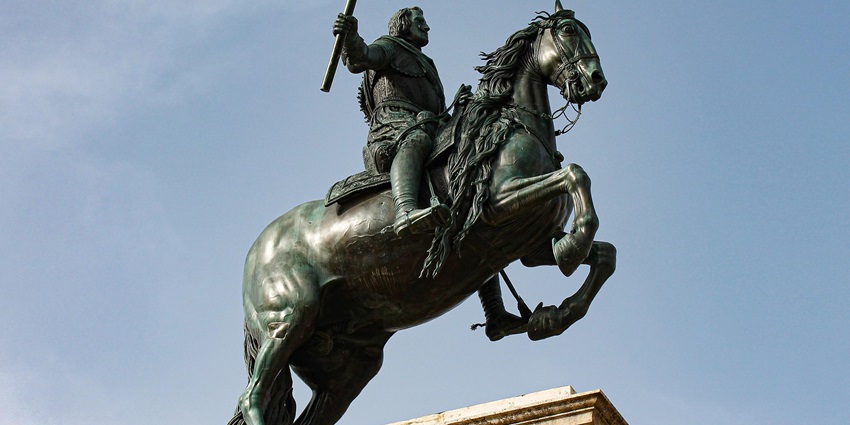
Photo: C1superstar / Pixabay / Image For Representation Only
In Rosario, where Che Guevara was born, there is a statue that quietly marks his memory. The Monumento al Che Guevara is made of bronze in a small plaza, which is surrounded by trees and benches. Around the base, you can read some of his words and lines from letters and thoughts he shared. It was placed here in 2008, many years after he died. There are no large crowds or loud slogans. It’s just a piece of the city, shaped by its past.
Location: Plaza de la Cooperación, Rosario, Santa Fe
Nearby Hotels: Esplendor Savoy Rosario, Holiday Inn Express Rosario, Hotel Plaza Real Suites
Nearby Restaurants: Rico, Sunderland Bar, El Gran Chopp
11. Monumento A La Carta Magna Y Las Cuatro Regiones Argentinas, Buenos Aires
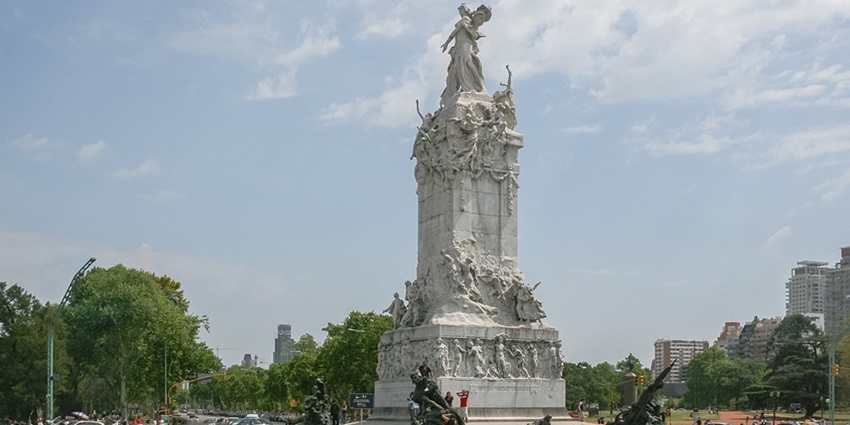
Photo: Diego Delso / Wikimedia Commons
The Monumento de los Españoles is Monumento a La Carta Magna y Las Cuatro Regiones Argentinas. It was a gift from Spain to Argentina in 1910, meant to celebrate 100 years since the May Revolution. It took many years to build, and the full monument was not completed until 1927. Around the base, there are bronze figures showing people working the land, riding horses, and building the country. Each part of the sculpture shows one of Argentina’s four main regions.
Location: Intersection of Avenida del Libertador and Avenida Sarmiento, Palermo, Buenos Aires
Nearby Hotels: Palo Santo Hotel, CasaSur Palermo Hotel, Dazzler by Wyndham Buenos Aires Polo
Nearby Restaurants: Don Julio, Las Pizarras Bistro, El Preferido de Palermo
Monuments in Argentina hold the weight of memory, struggle, and pride. Each one tells part of a larger story not through loud words but through presence. Some bring comfort, some stir thought, and others simply remind people of where they come from. If you walk with open eyes, you will see more than sights. Every journey becomes a chance to connect with something real. So book your trip with TripXL today and get the most out of it.
Cover Photo: Metrónomo / Wikimedia Commons


 WhatsApp
WhatsApp
 Twitter
Twitter









